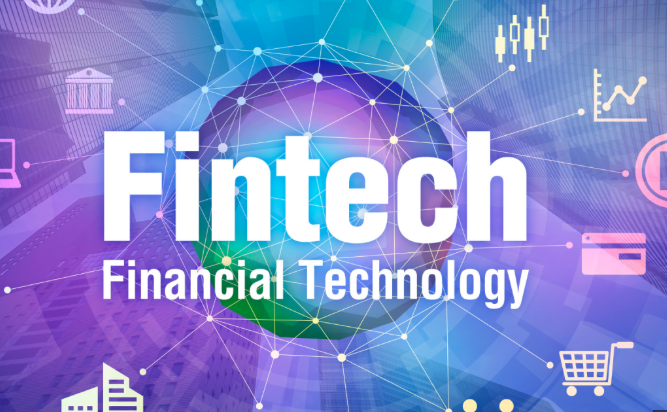The Fintech-Banking Fusion: Navigating Risks and Opportunities
In recent years, the line between traditional banking and financial technology (fintech) has increasingly blurred. This convergence—commonly referred to as the fintech-banking fusion—has transformed the financial services landscape, unlocking unprecedented opportunities while introducing new challenges. As fintech innovations like digital wallets, peer-to-peer lending, AI-powered investment platforms, and blockchain-based solutions redefine customer expectations, banks are under pressure to adapt or risk becoming obsolete. This fusion presents a dual-edged sword of potential and peril, demanding a balanced and strategic approach from all stakeholders involved.
Opportunities in the Fintech-Banking Fusion
- Enhanced Customer Experience:
Fintech firms have redefined the user experience with sleek interfaces, personalized services, and 24/7 accessibility. By adopting similar digital-first approaches, banks can offer more intuitive and customer-centric experiences, retaining and expanding their client base. - Operational Efficiency and Innovation:
Banks leveraging fintech innovations—such as robotic process automation (RPA), AI-based fraud detection, and blockchain for transaction security—can dramatically reduce costs and improve service delivery. Strategic partnerships allow banks to deploy new technologies faster than building them in-house. - Financial Inclusion:
Fintech companies have successfully reached underbanked populations through mobile-based services and micro-lending platforms. Banks, through collaboration, can extend their reach and fulfill social inclusion mandates while tapping into new markets. - New Revenue Streams:
Embedded finance, open banking, and Banking-as-a-Service (BaaS) offer banks new monetization opportunities. By opening up APIs and collaborating with fintech platforms, banks can diversify offerings and increase transaction volumes.
Risks and Challenges to Address
- Cybersecurity and Data Privacy:
As banks integrate fintech solutions, data is increasingly shared across platforms, raising the risk of breaches. Ensuring strong cybersecurity measures, secure APIs, and compliance with data protection regulations like GDPR and India’s DPDP Act is critical. - Regulatory Uncertainty:
Fintech innovations often outpace regulatory frameworks. Banks must navigate complex compliance landscapes, which vary across jurisdictions. A misstep in compliance can lead to reputational damage and financial penalties. - Cultural and Operational Mismatch:
Banks operate with legacy systems, stringent risk controls, and slower decision-making processes, while fintechs thrive on agility and experimentation. Merging these cultures can lead to integration difficulties unless managed with clear governance structures and mutual understanding. - Customer Trust and Brand Risk:
Fintech failures—such as service outages or algorithmic errors—can damage the reputation of partnering banks. Maintaining consistent service quality and clear communication is essential to safeguarding trust.
The Path Forward
To maximize the benefits of this fusion, banks must view fintech not as a threat, but as an enabler. Proactive collaboration, investment in innovation hubs, and open banking models are key strategies. Meanwhile, regulators must foster a balanced environment that encourages innovation without compromising systemic stability.
The fintech-banking fusion is more than a trend—it’s the future of financial services. Navigating this transformation requires a deliberate strategy, with a focus on resilience, compliance, and customer value. Those who adapt effectively will not only survive but lead in the new financial era.

